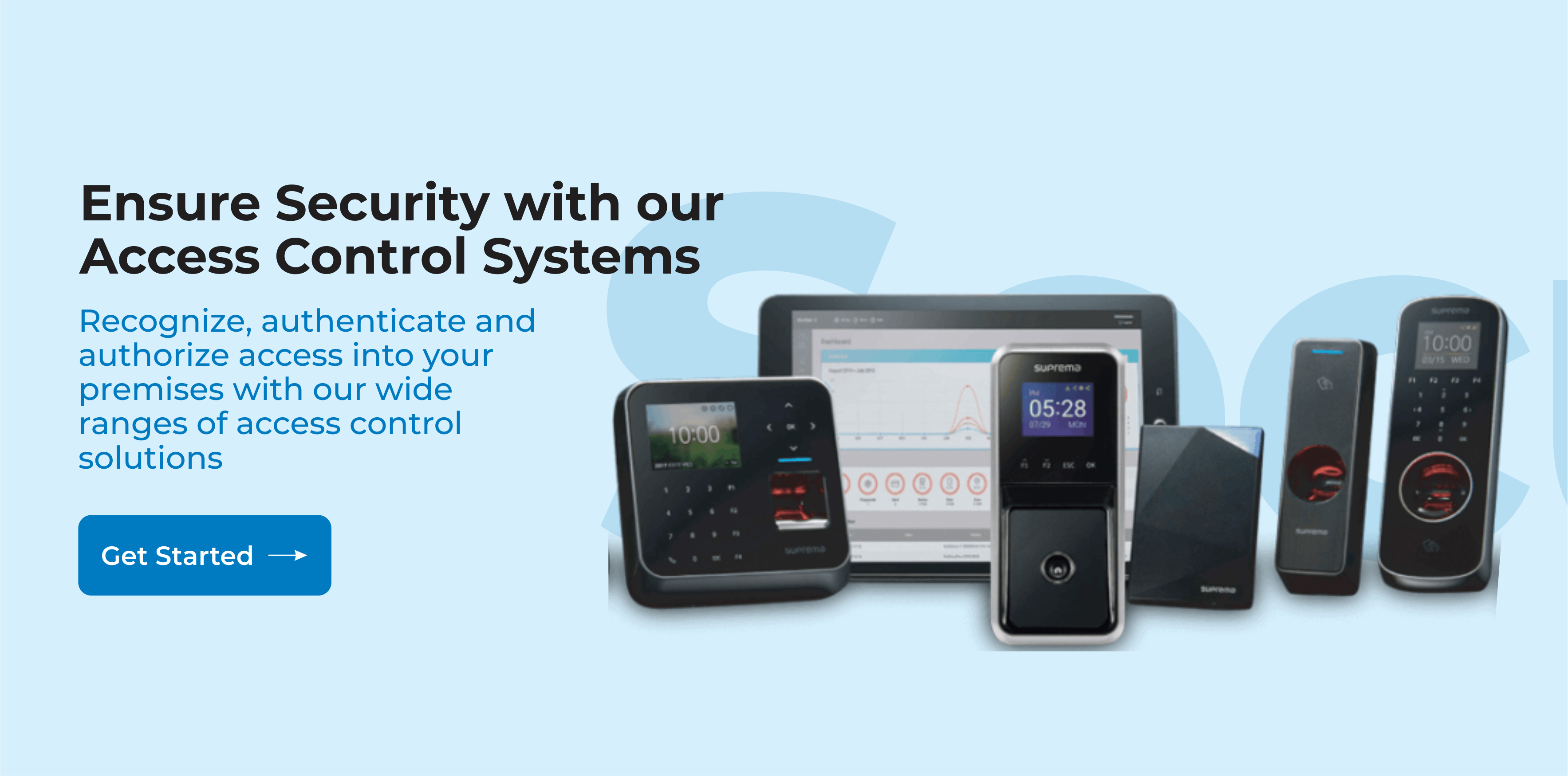
Understanding Access Card Formats: Definition and Types
Controlling access to your building is one of the most critical components to commercial security today.
Surveillance cameras will only get you so far – at some point, you’ll need an access control system to lock and unlock your doors when your employees need to get in and out.
When deciding on your readers and credentials, you’ll have to consider everything from biometric fingerprint scanners to key fobs to smartphone apps.
Something to keep in mind is that while a key card system might not be as flashy or as cool as other credentials, they’re still the workhorse of commercial access control.
What Are Access Card Formats?
Access card formats are the way data is structured in the storage of different access card types.
The number of ones and zeros, and how they’re put together, determines the format and ultimately the credential number.
For example, Nigerian phone numbers follow a well-known format: 08131936545 is recognized as 0813-193-6545. Knowledge of the format allows proper reading.
The format defines the bit length and fields of the credential number.
When ordering access control cards, it is important to provide the exact values you want in the programmable fields. The CUSTOMER, not ID Enhancements, supplies this information.
Please note that customers often confuse the terms, Facility Code and Site Code. Some formats have a field called Facility Code and others have a Site Code, while others may have neither – or both.
You must be certain to utilize the correct terms when ordering your cards. To avoid duplicating cards that are already in use on a site, customers must know the existing card numbers.
Different Types of Access Control Key Card Entry Systems
1. Wiegand Cards
Some of the first key cards developed for a key card system were Wiegand cards, named after their inventor.
In the 1970’s, John R. Wiegand discovered that specially annealed wire made of iron, cobalt, and vanadium will suddenly switch polarity when passed through a sufficiently strong magnetic field.
A nearby sensor coil will pick up the rapid change as a high-voltage pulse, which can be translated into data if multiple wires are pulled through the field.
A Wiegand key card uses two parallel lines of short Wiegand wires to store binary data in magnetic polarity. When the card is pulled through the reader, the wires register as ones and blank spots register as zeroes.
The unique Wiegand number is then sent to the controller to be authenticated.
By nature, Wiegand cards cannot be erased or reprogrammed by magnetic fields.
They’re also more durable than other kinds of key cards because they don’t contain a microchip or other breakable components.
While Wiegand cards themselves are rarely used outside of legacy systems today, the Wiegand protocol is still the standard interface to connect readers and scanners to controllers, no matter what kind of credentials are used.
From other types of key card systems to fingerprint scanners, most readers convert the data to a Wiegand number.
You might also be interested in 5 Importance of Access Control In Your Organization
2. Swipe Cards
Utilizing the same technology found in a credit card, magnetic stripe cards are swiped across a magnetic reader to transfer information.
The black stripe is made up of tiny polarized magnets in multiple tracks, creating a much longer data set than a Wiegand card can hold.
When swiped, the magnets create varying voltage across a magnetic read head that measures the changing voltage and converts it to a binary credential.
While the overall principle is similar to a Wiegand card, the magnets are not permanently encoded, so they can be rewritten as necessary – or accidentally.
Magnetic fields or general wear-and-tear can corrupt the data stripe, meaning you’ll lose your credentials even if you still have your card.

3. Prox Cards (RFID)
Contactless credentials generally use Radio Frequency Identification to transmit data stored on a microchip.
Proximity cards use a low frequency of 125 kHz to communicate with the reader.
The card can either be actively powered by a small lithium battery or, more commonly, passively powered by the reader, which continuously sends out a short-range radio signal.
When the card gets close enough, the card’s antenna of coiled wire stores enough energy to send the ID on the chip to the waiting reader.
Prox cards are proprietary, so there are no established standards or compatibility between manufacturers.
They’re also somewhat vulnerable to being copied or rewritten, although you’d have to be within the card’s read radius (about 1 foot) to do so.
4. Smart Cards
In the context of credentials, the term “smart card” typically means High-Frequency RFID cards that use Near-Field Communication to transmit data.
NFC technologies, operating at 13.56 MHz, are commonly seen in contactless payment systems.
They still use passive induction for power, but smart cards have more storage capacity than 125kHz cards, so they can encrypt their data in addition to storing it.
As such, they are more secure and aren’t as easily copied as the older prox cards.
Smart card door locks also generally have a smaller working radius than traditional RFID entry systems, maxing out at about 4 inches.
Conclusion
The kind of key card access system you choose will mostly depend on taste and how secure or convenient you want to make your entrances and exits.
If your site isn’t high-risk or you’re not securing anything terribly important, magstripe or prox cards should be fine.
They’ll generally keep most unwanted people out even though they’re not encrypted, mostly because it still takes effort to copy or foil them.
If you’re securing anything critical, though, you’ll probably want to use smart cards to control who has access to your building – they’re more customizable and encrypted, making them much more difficult to copy or rewrite.

